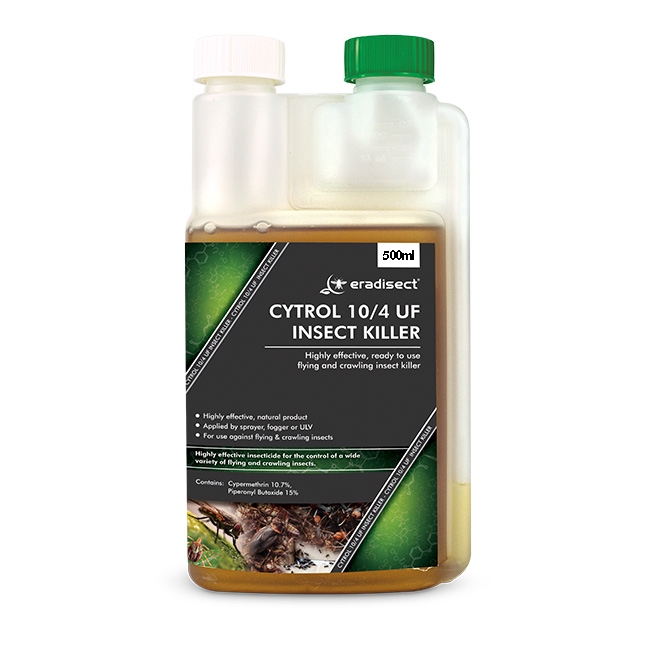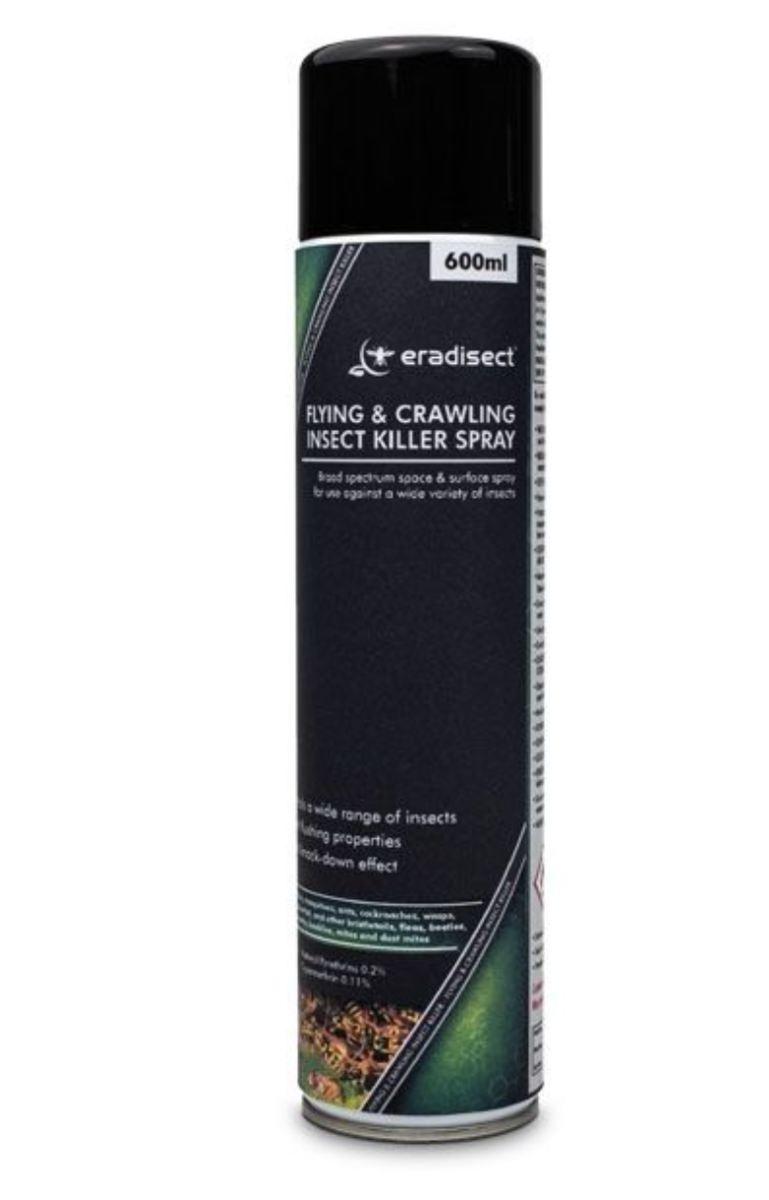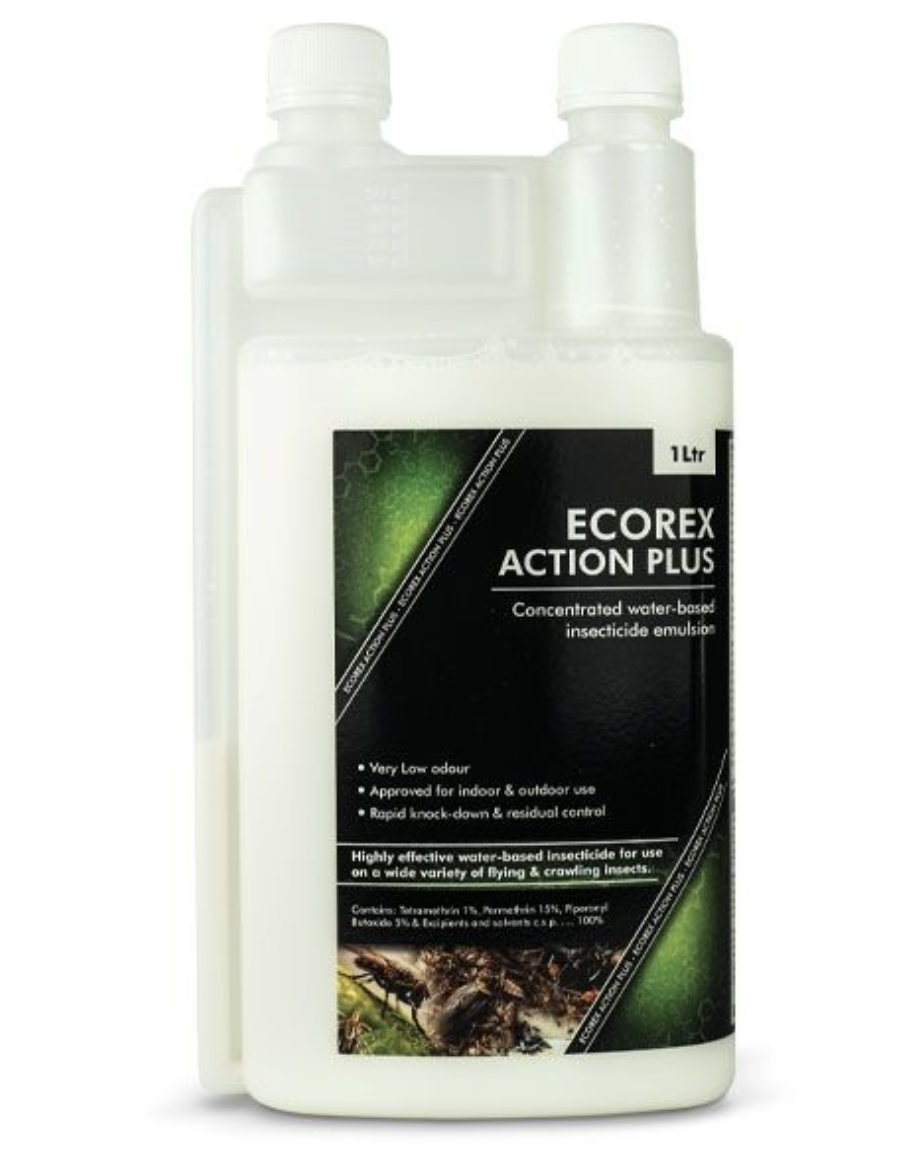Common Earwig (Forficula auricularia)
Common Earwig (Forficula auricularia)
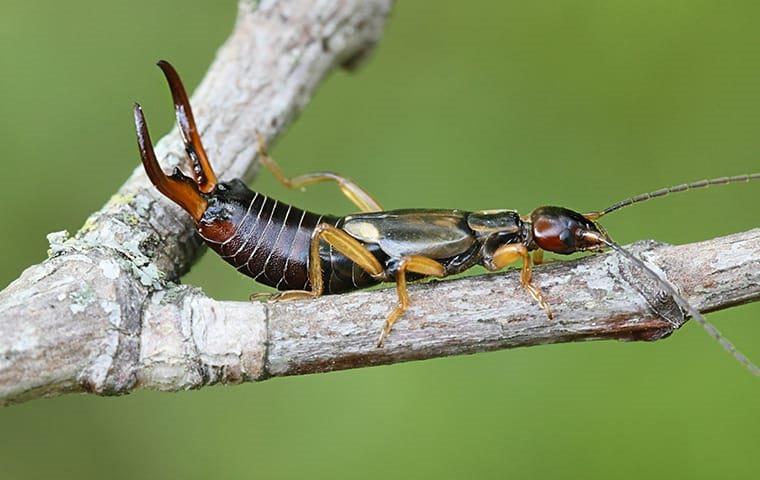 |
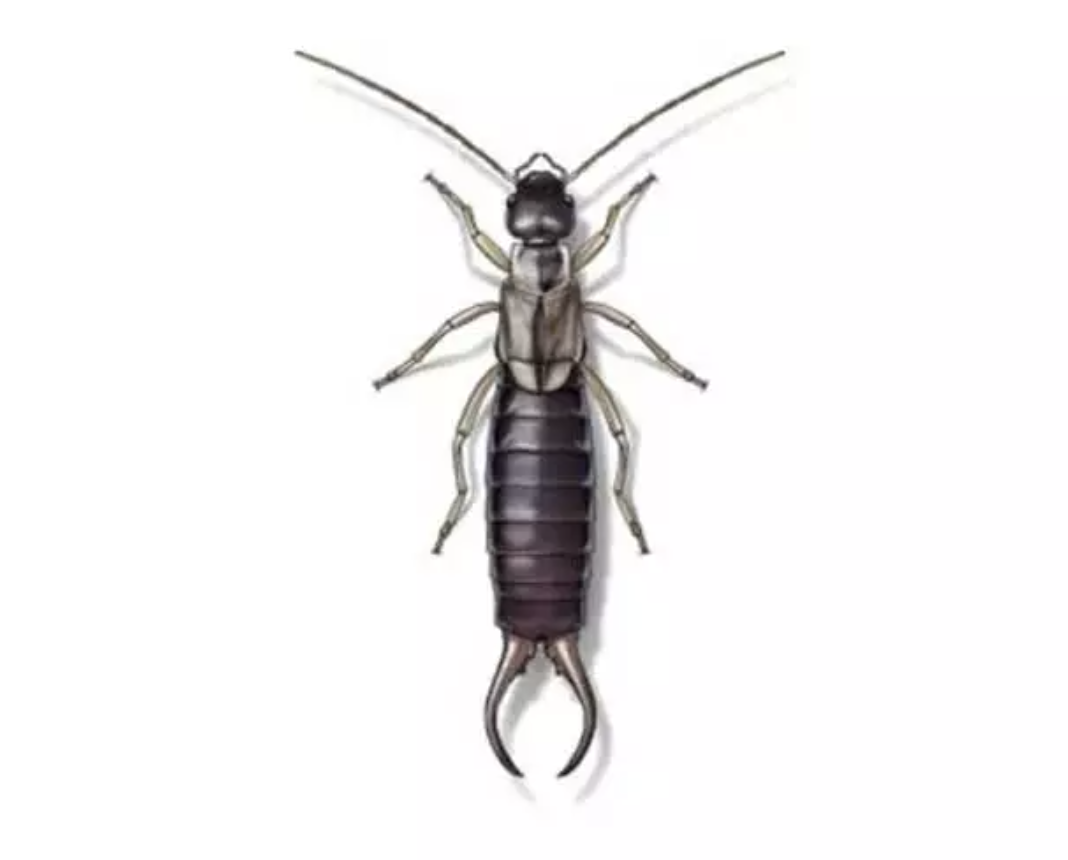 |
Identification:
Adult earwigs, 12-20 mm in length, light to darkbrown in colour. Earwigs have pincer-like projections on the tip of the abdomen, called forceps. Pincers on males are curved. Pincers on females are straight and are held close together.
Biology:
In early spring, the female lays batches of about 30 eggs in soil just below the surface. The eggs hatch into nymphs and after 4-6 stages of development which are looked after by the mother they reach maturity in June or July. At all stages of development earwigs are omnivorous, feeding at night and resting in damp crevices during the day. Adults can fly but rarely do so.
Control:
Discourage earwigs by eliminating their desired habitat. Remove leaf litter, stones, and mulches near foundations; keep shrubs trimmed, reduce entry into buildings by caulking and repairing cracks and crevices and checking door thresholds, windows and screens for a tight fit. The application of a residual insecticidal spray or dust labelled for crawling insects may help to eliminate intruders into the home.
Products to control Common Earwig:
|
Cytrol 10/4 UF Insect Killer (500ml) |
Eradisect Flying and Crawling Insect Killer (600ml) |
Ecorex Action Plus (1L) |

